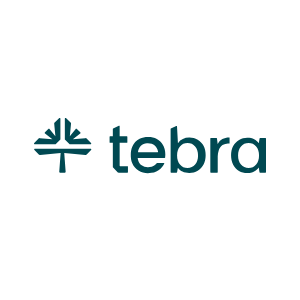Updated: 12/17/2025 | Views: 16771
The Charge Capture experience offers quick and easy electronic charge entry available for users with the appropriate permissions.
Note: Depending on the practice's workflow, some information may have auto-populated on the new charge capture if it was created from the patient's clinical note or appointment card.
New Charge Capture
- Hover over the Billing icon and click Charges. The Charges page opens.
- Click + New Charge. The Charge Capture page opens.
Note: The sections of the Charge Capture page are collapsible. Click Collapse All to hide all sections or click the up arrow on the right side of the section header to collapse that specific section.
|
 |
- Patient Information:
- Patient Name: Enter the first few letters of the patient's name then select the patient from the results list.
- Insurance case: To select a different insurance case (if applicable), select the appropriate case from the drop-down list.
Note: The patient's Primary, Secondary, and Conditions information displays depending on the selected insurance case.
- SALT: To copy the Referring Provider, diagnosis and procedure codes from a previous charge, click SALT (Same As Last Time) and select the previous charge date from the drop-down list. Then, complete the charge as necessary.
- Visit & Provider Information:
- Date of Service: Enter the service date.
- To enter a date range, click to select "Use date range". Then, enter the Start and End Date.
- Service Location and Place of Service: Select the service location from the drop-down list. The place of service auto-populates based on the selected location. If necessary, select a different place of service.
- Rendering Provider: Select the rendering provider from the drop-down list. If applicable, select the Referring, Scheduling, and/or Supervising Provider.
- Visit mode: Defaults to "In Office Visit".
- To indicate this charge is for a telehealth visit, select "Telehealth Visit".
- Diagnosis Codes: Add up to 12 diagnosis codes by typing at least three characters and then selecting the code from the results drop-down list. To view and select from a list of all diagnosis codes or the patient's diagnosis codes, click Search more codes.
Note: Additional diagnosis codes entered under the Procedure Codes section are also added to this list.
 Tip: Set up code favorites to aid in efficiency when adding diagnosis codes. Tip: Set up code favorites to aid in efficiency when adding diagnosis codes.
- To reorder the diagnosis codes in the list, click and drag the bar icon up or down under the Rank column.
- To remove a diagnosis code from the list, click the trash icon.
|
 |
- Procedure Codes: Add a procedure code by typing at least three characters and then selecting the code from the results drop-down list. Then, enter modifiers, units, charge(s) as necessary.
 Tip: Use code favorites, visit reasons, and procedure macros to aid in efficiency when entering service lines. Tip: Use code favorites, visit reasons, and procedure macros to aid in efficiency when entering service lines.
- To reorder the procedure lines in the list, click and drag the left side bar icon up or down.
- To reorder the diagnosis codes, click and drag the bar icon left or right to the appropriate position.
- To duplicate or remove a procedure line, click the right side more options icon and select Duplicate row or Delete.
- To refresh a fee or all fees, click the right side more options icon and select Refresh fee or Refresh all fees.
- Check Codes: To perform a code validation, click Check Codes. A green Codes successfully checked notification appears on the bottom right of the page when no errors are found.
- If an error is found, a red error alert appears. Make the appropriate corrections then click Check Codes to confirm the error is fixed.
- Notes: If applicable, enter any notes related to the charge. Notes entered here also display in the Medical Office Notes section of the encounter in the Desktop Application (PM).
- Print Itemized Receipt: To print or download an itemized receipt for out-of-network (OON) billing, health savings account (HSA), or flexible spending account (FSA) purposes, click Print Itemized Receipt. The itemized receipt includes information such as provider name, practice tax ID, services provided, charge amounts, patient payments, diagnoses, and the option to include provider NPI and notes.
Note: The Print Itemized Receipt feature also saves the charge and will reflect information (e.g., NPI, Tax ID, State License Number) entered as overrides for the provider's general claim settings and advanced settings in the Desktop Application (PM).
- Save as: To save the progress of the charge and submit for billing at a later time, select one of the following options from the drop-down menu. Then, click Save Progress.
Note: Available options depend on the user's role(s).
- Charge Draft: The charge was just created or is currently be worked on.
- Pending Charge Approval: The charge is ready to be reviewed for approval (to be sent to billing) and can be edited as necessary.
- Pending Charge Rework: The charge needs to be updated or requires corrective actions.
- Send To Billing: Available depending on the user's role(s) and permissions. If the charge has been completed and confirmed for submission to the Desktop Application (PM) for billing, click Send To Billing. The charge is submitted to the biller and can no longer be edited.
|
 |



